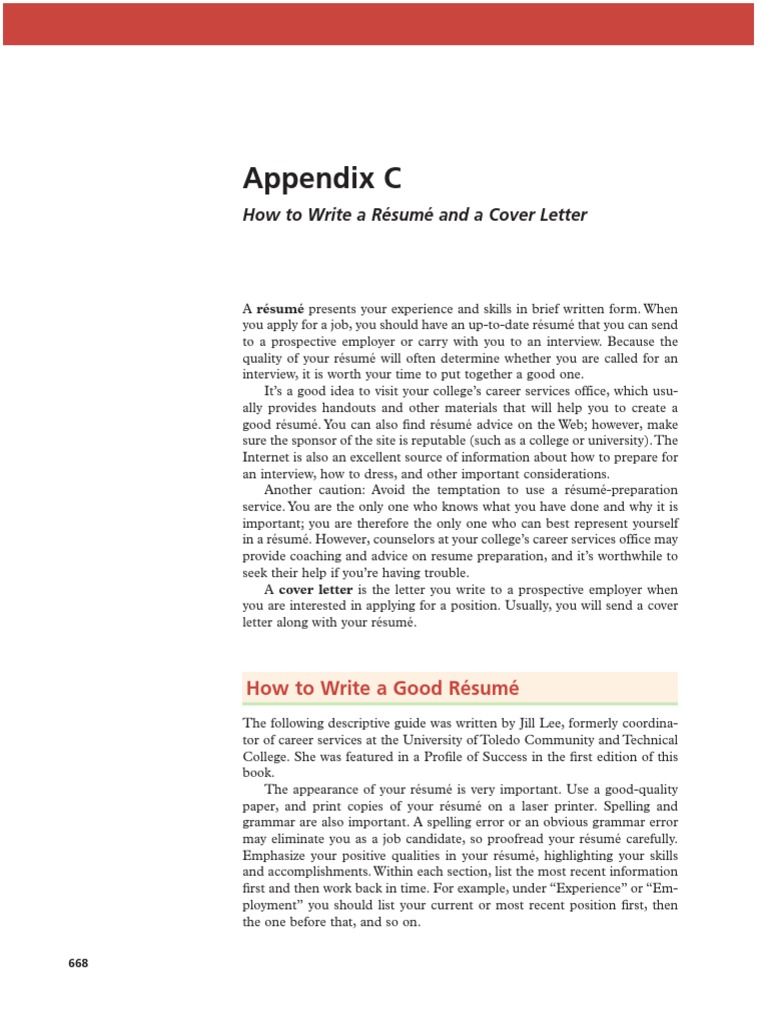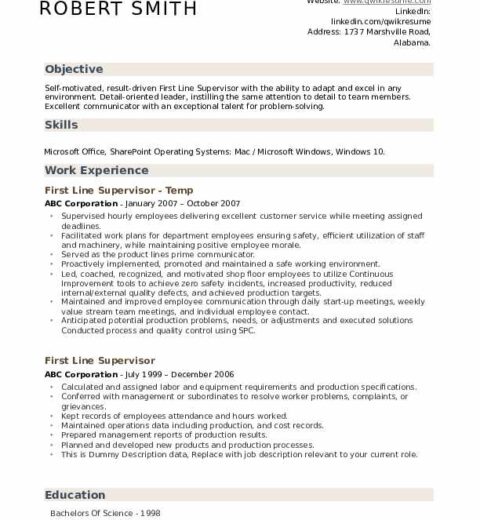If you are a job seeker, you undoubtedly recognize the vital role a well-crafted cover letter plays in securing an interview. A cover letter is your opportunity to make a compelling case for why you are the ideal candidate for a position. This article aims to provide comprehensive guidance on how to create a cover letter for a resume that maximizes your chances of conversion—meaning, in this context, securing an interview.
Understanding the Purpose of a Cover Letter
A cover letter serves multiple functions. Primarily, it introduces your resume, allowing you to highlight specific experiences and skills that align with the job description. Furthermore, it breathes life into the otherwise sterile format of a resume, offering insights into your personality, motivation, and fit for the role. A potent cover letter can set you apart from a pool of candidates competing for the same position, making it indispensable.
Researching the Job and Company
Before you begin drafting your cover letter, it is crucial to thoroughly research the job and the company. Gain a nuanced understanding of the company’s mission, values, and culture. Tailor your letter to reflect this research. By doing so, you not only demonstrate your enthusiasm for the position but also illustrate that you would seamlessly integrate into their work environment.
Structuring Your Cover Letter
The layout of your cover letter is essential for readability. Start with your contact information at the top, followed by the date and the hiring manager’s details. Then, formulate a clear, professional greeting. A properly formatted letter not only conveys professionalism but also facilitates easy navigation for the hiring team.
Crafting an Engaging Opening
The opening paragraph is your chance to capture the reader’s attention. Instead of simply stating the job title you are applying for, start with a compelling hook. This could be an impressive statistic about your previous work, a meaningful achievement, or a thoughtful reflection on why you admire the company. For example, “As a dedicated marketing professional with a track record of driving engagement through innovative strategies, I was thrilled to discover the opening for the Marketing Manager position at XYZ Corp.” This approach sets a dynamic tone for the rest of the letter.
Highlighting Relevant Skills and Experiences
In the subsequent paragraphs, delve into your relevant skills and experiences. Use specific examples that demonstrate your abilities. For instance, if you are applying for a project manager position, narrate an anecdote where your leadership led to the successful completion of a significant project. Remember to align your contributions with the company’s needs. Rather than presenting a laundry list of qualifications, focus on how your background prepares you to tackle the challenges outlined in the job description.
Showcasing Enthusiasm and Culture Fit
A cover letter should exude enthusiasm. Employers seek candidates who are not just qualified but genuinely interested in the role. Express what excites you about the position and how it aligns with your career aspirations. Additionally, convey a sense of cultural fit. You might say something like, “Having followed XYZ Corp’s growth in sustainable practices, I am eager to contribute my expertise in green marketing to further your initiatives.” This positions you as someone who will not only perform well but also align seamlessly with the company’s goals.
Concluding with Confidence and Call to Action
The conclusion should tie your letter together, reiterating your interest and the unique qualifications you bring. Convey a sense of optimism and confidence. Rather than simply stating you look forward to an interview, frame it as a mutual opportunity. You might conclude with: “I am keen to discuss how my background in digital marketing can enhance XYZ Corp’s outreach efforts, and I welcome the opportunity for a conversation.” This suggests a proactive, engaged applicant, which can only enhance your appeal.
Editing and Personalization
After drafting your cover letter, it is critical to edit thoroughly. Typos or grammatical mistakes can undermine your credibility. Read your letter aloud to catch awkward phrasing or content that feels superfluous. Always personalize your letter; avoid generic templates that lack specificity. A personalized cover letter speaks directly to the hiring manager, making it far more effective than a one-size-fits-all approach.
Utilizing Feedback and Resources
Before sending out your cover letter, seek feedback from trusted colleagues or mentors. They may offer invaluable insights that could enhance the quality of your letter. Additionally, numerous resources are available—both online and offline—that can offer examples and further tips on crafting compelling cover letters. Leverage these resources but ensure your final product remains a true reflection of your voice and experiences.
Final Thoughts
Your cover letter is your introduction to potential employers and a chance to distinguish yourself from the competition. By following these guidelines, you can create a powerful document that resonates with hiring managers. Remember, a well-structured, personalized, and engaging cover letter not only improves your chances of landing an interview but sets the stage for a successful conversation. In a competitive job market, mastery of this essential tool can be the key to unlocking your career aspirations.



